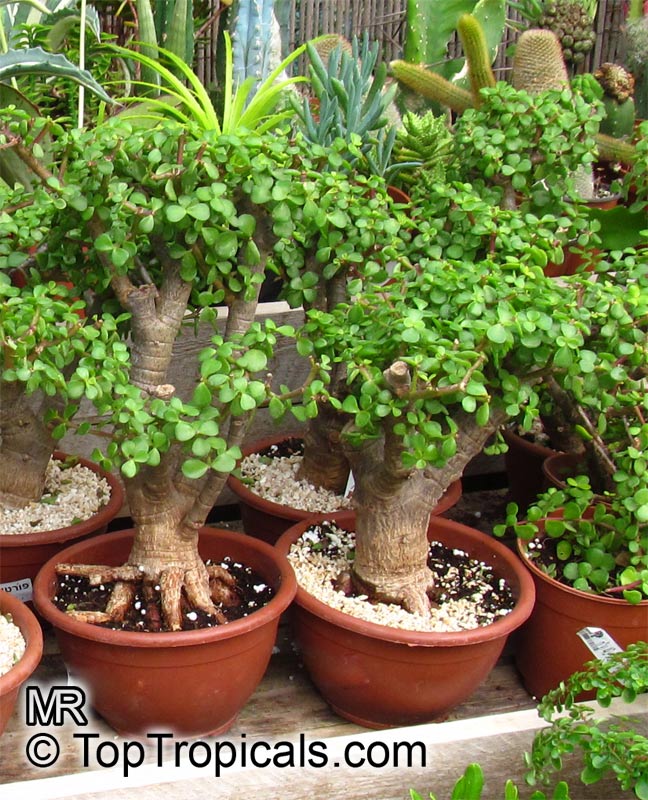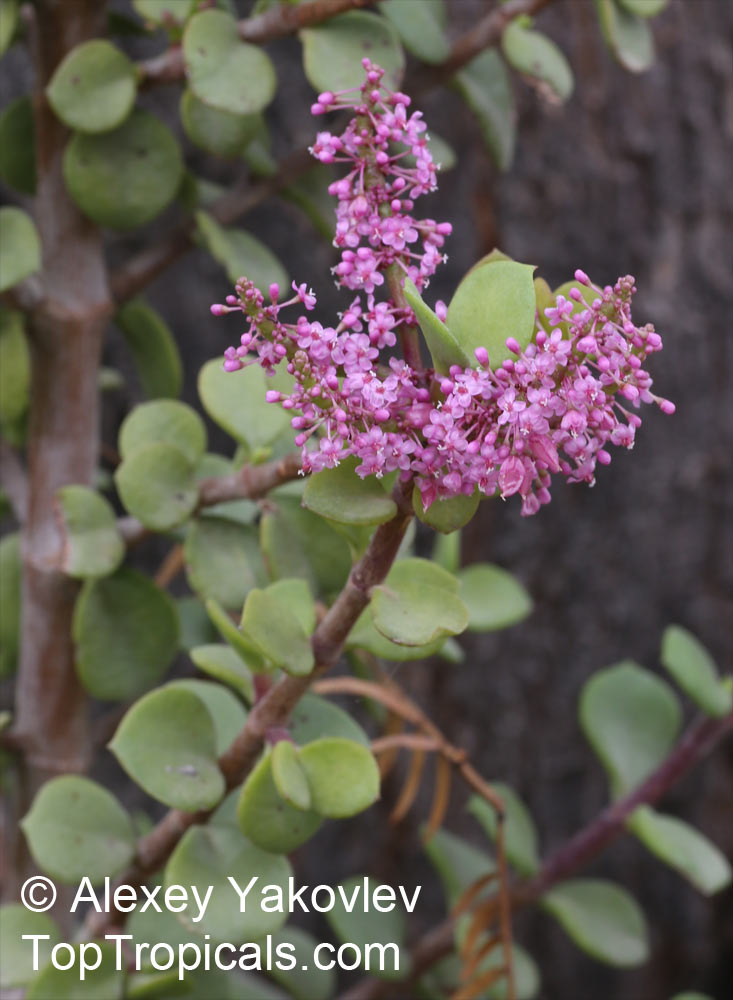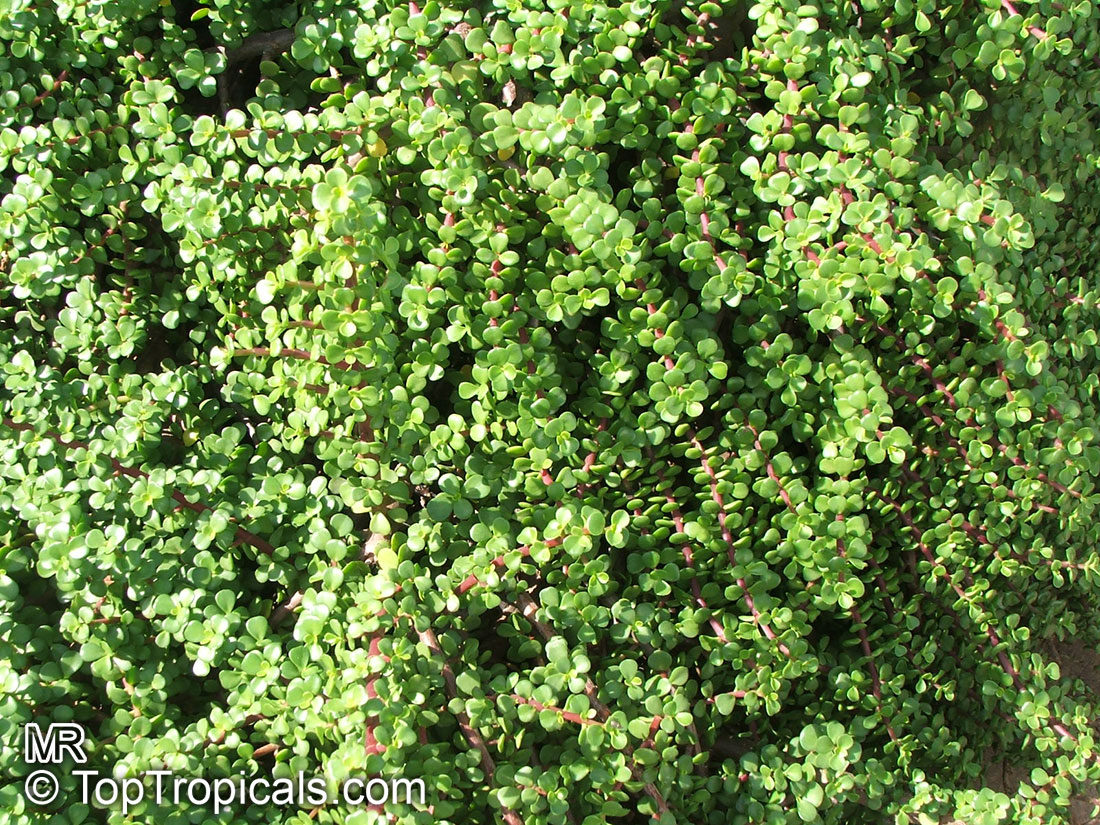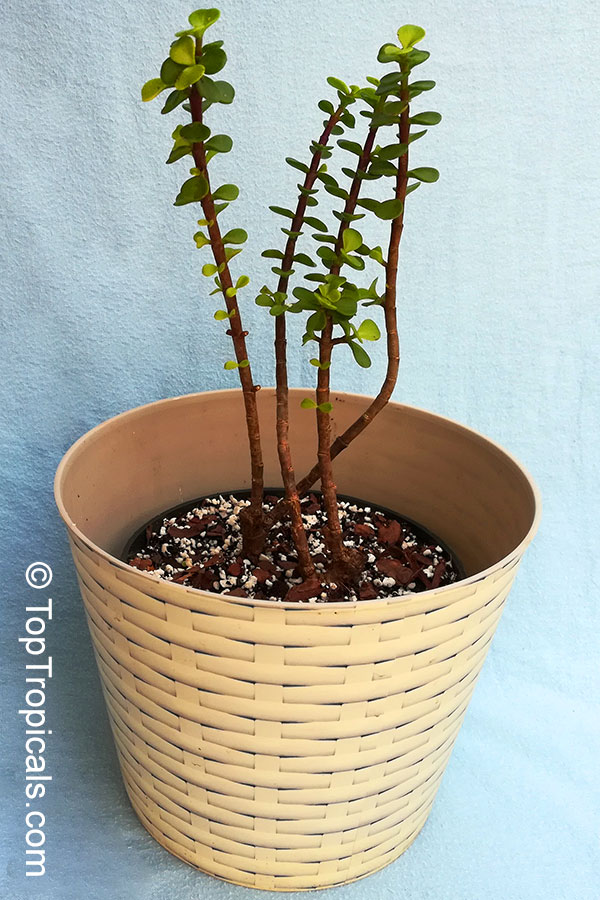Spekboom (Portulacaria afra, or Baby Jade)
by Mark Hooten, the Garden Doc
About the Author
Mark Hooten has been fascinated by horticulture since childhood, with interests including tropical fruits, cacti, ethnobotany, entheogens, and variegates. Having been employed in both FL and CA by botanical gardens and specialist nurseries as horticulturist, manager, propagator, and consultant, he is happy to speak with fellow plant worshipers at TopTropicals Nursery. Mark is currently busy writing a volume on the complicated history of croton varieties. His passions are plants, cats, and art of painting.
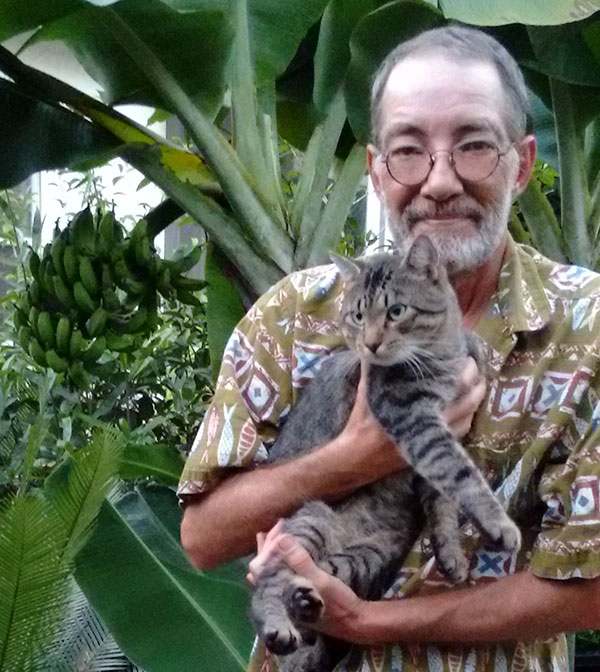 I love this plant! I first grew it in the 1960s when I was just a kid. I found it growing as a fantastic four-foot tall houseplant in a big sunny window in a schoolmate's home and was happily given a cutting. When I inquired about this most unusual plant, my friend's mother explained that she had brought a piece of it with her when she came from South Africa many years earlier. She told me that in Africa, it is a favorite food for both Elephants and Rhinoceros and that it was grown all over her families farm for feeding both animals and people. Being a little kid in Illinois, I found this especially fascinating...
I love this plant! I first grew it in the 1960s when I was just a kid. I found it growing as a fantastic four-foot tall houseplant in a big sunny window in a schoolmate's home and was happily given a cutting. When I inquired about this most unusual plant, my friend's mother explained that she had brought a piece of it with her when she came from South Africa many years earlier. She told me that in Africa, it is a favorite food for both Elephants and Rhinoceros and that it was grown all over her families farm for feeding both animals and people. Being a little kid in Illinois, I found this especially fascinating...
Turns out that not only are those and many other animals fond of it, the foliage when eaten raw, steamed, lightly boiled, or especially stir-fried, is not only delicious but actually VERY nutritious, containing more beneficial Beta 3 fatty acids than most fish (!). Some South African restaurants serve it in various ways. Unfortunately it is becoming increasingly endangered in it's native South East African habitat due to the complete overgrazing of introduced goats. Also, it is interesting that this plant is just about the the most efficient plant known in its ability to sequester vast amounts of CO2! So growing it indoors as a house plant or in your office will be beneficial for air quality.
It's hard to find a cooler, more easily and faster growing potted plant than "Spekboom", as it's known in the Afrikaner language. Also, every individual plant seems to develop into its very own unique modernistic artistic form. And very quickly, especially for a succulent. However, indoors, it does need some actual sunlight during the day, although they easily adjust to decent artificial lighting as well. I've heard the common name "Baby Jade plant" applied to it. With judicious trimming, it makes a GREAT indoor bonsai!
Buy this plant from our store...
